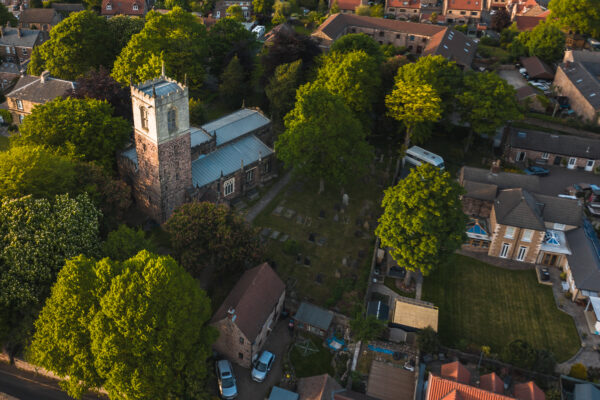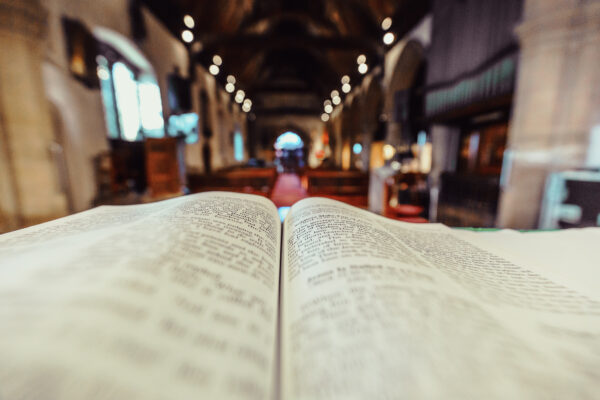

The Diocese of Sheffield, in partnership with Cheribim, a small local company
working to create digital tools to help churches manage their buildings, have
recently received funding from Innovate UK to explore new ways of assessing the
thermal performance of historic church buildings.
The Diocese is committed to the wider Church’s net zero route map and has
partnered with Cheribim to test new, innovative ways of measuring the impact of
methods to lower the carbon footprint of some of our most historic and complex
buildings.
How does the project work?
We’re inviting our churches with historic buildings to host environmental
monitoring sensors, which track temperature and humidity, in the main spaces of
their buildings. These will be used to assess the effect of factors such as heating
pattern and building material, over a period of around 18 months (including
winter 2023 and Winter 2024) to inform decisions on interventions which might
reduce energy consumption.
What are you hoping to achieve?
Our aim is to explore ways in which the cost of heating church buildings can be
reduced and the levels of comfort can be increased in an economically
sustainable way. We’re keen to see if simple, ground-level fixes by on-site
staff/volunteers can make a difference.
We hope this will have a positive knock-on on effect for churches and the
communities they serve, along with progress towards the Church of England’s net
zero by 2030 target.
Download these case studies – Tackling Discomfort (Christ Church, Hackenthorpe), Monitoring Major Repairs (St Peter, Warmsworth), Informing Future Investments (St Lawrence, Hatfield)
What’s the criteria for getting involved?
The focus of the project is on looking at historic buildings, but we’re interested in hearing from you if you are:
- Worried about the cost of heating your church building
- Experiencing discomfort in your church building
- Unsure how to create a comfortable environment within the church’s means
- Forced to undertake costly fixes with no certainty they’ll fix the problem
- Unable to provide warm/cool/foodbanks due to indoor conditions
- Eager to shape the Diocese’s steps along the path to Net Zero
What benefits are there for churches taking part?
You will have access to workshops, dedicated one-to-one support, and resources
for understanding the thermal performance of your building and possible
interventions you might make to save energy.
In addition, the team will be exploring ways to incorporate insights about how
comfortable and useable your building is, and feedback to stakeholders including
Central Church and Government, as well as inform guidance beyond the project.
By participating in the project, you will:
- Receive free non-invasive sensors to track temperature and humidity in your most used spaces
- Be able to see live dashboards of your readings online and spot inconsistencies
- Be able to log and view important information and reduce energy use
- Be invited to participate in workshops and one-to-one support on improving the thermal performance of your building
Will there be any opportunities to ask questions about the project?
Yes, we will be hoping a series of workshops towards the end of 2023 and in 2024
These will be taking place as follows:
- Winter 2023/24: Focus groups (one-to-one sessions + feedback)
- Summer 2024: Workshops
- Winter 2024/25: Workshops
Are the workshops mandatory?
No, to take part in the project you don’t have to attend the workshops. However,
these are here to help you if you have any concerns of questions you would like to
raise.
All participating churches will have access to sensors and dashboard readings,
even if they don’t choose to take part in the workshops.
How do I get involved?
To register your interest to participate, please complete the following form – it
should take less than 5 minutes.




